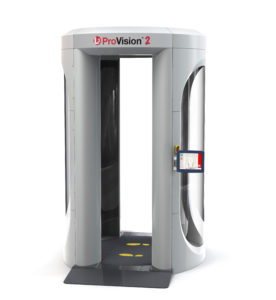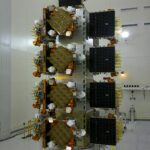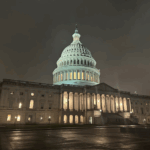
A new algorithm deployed earlier this year to on body scanners at airport security checkpoints is improving security and lowering false alarms, a Transportation Security Administration (TSA) official said on Thursday. The low false alarm rate algorithm in the Advanced Imaging Technology (AIT) systems provides better security detection for on-person screening and lowers the false alarm rate by 50 percent, Austin Gould, assistant administrator for requirements and capabilities analysis, told the House Homeland Security Subcommittee on Oversight, Investigations, and Accountability.…

 By
By 











